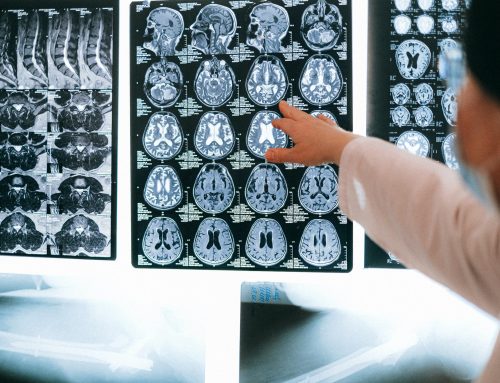In general, about 26% of people in the United States over the age of 18 have been diagnosed with a mental health disorder, such as depression, anxiety, or substance abuse. Some of these issues begin as early as age 14, and most start by age 25. What this means is that many of our high school and college students may be experiencing mental health issues.
College in particular can be a really difficult time for students. Moving away from home, having a heavier workload and more responsibilities, and dealing with social pressures can all be significant stressors. Recent research has shown that college students are being diagnosed with anxiety, depression, and panic attacks more often than in the past. Estimates have also suggested that between 6 to 9% of college students have thought about suicide. The good news is that more students than ever are willing to seek help at college counseling centers. In one study, approximately 20% of students used on-campus mental health services.
With these findings, there are a few things parents and students can do. First, it is helpful for mental health issues to be identified early, so that students can get treatment. Testing or visiting a mental health professional are the best approaches. If a student does struggle with significant mental health issues, he or she may be able to get certain accommodations in college if evaluated by a qualified professional. Second, if students struggle with mental health issues in high school, considering a school’s mental health resources may be a useful part of college selection. Almost all schools have on-campus counseling services, but they may range in amount of providers or availability of appointments. Some may partner with outside agencies to help provide treatment. Third, students may benefit most from college environments that promote health in general. A campus culture that encourages adequate sleep, exercise, and stress reduction is key.






